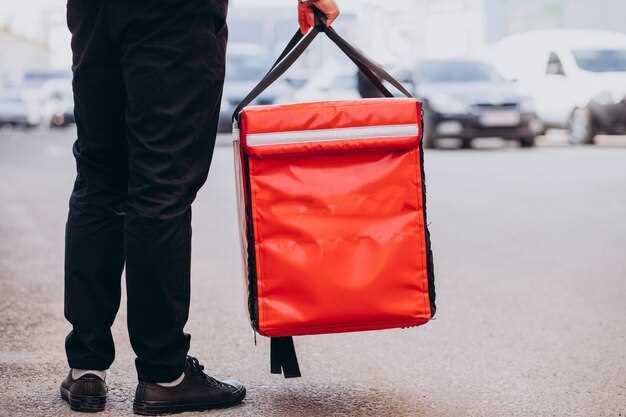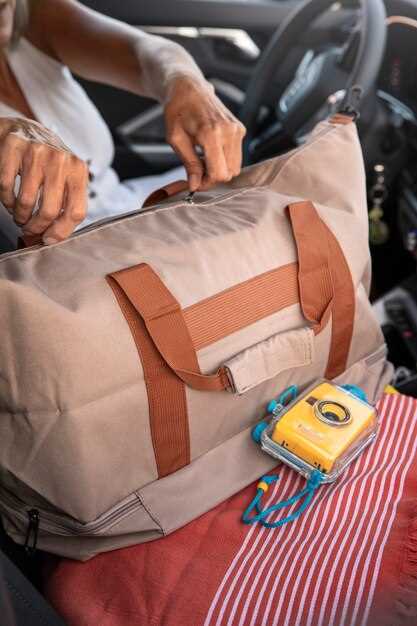
When it comes to ensuring your safety on the road, preparation is key. An adequately stocked emergency kit can make a significant difference in how effectively you handle unexpected situations while driving your Ford. Whether you are embarking on a long journey or simply commuting to work, having the right tools and supplies at your fingertips will provide peace of mind and enhance your ability to respond swiftly and appropriately.
Equipping your vehicle with a comprehensive emergency kit not only demonstrates responsibility but also underscores the importance of safety during your travels. The right preparation will help you be ready for any contingency, from minor inconveniences like flat tires or dead batteries to more serious situations requiring first aid or emergency signaling. In this article, we will guide you through a detailed checklist specifically tailored for Ford drivers, ensuring that you are well-prepared for the uncertainties that can arise on the road.
By taking the time to assemble a well-thought-out emergency kit, you empower yourself to act decisively when faced with challenges. Key items that fill this kit can help manage potential roadside emergencies effectively and keep you and your passengers safe. So let’s delve into the essential components that every Ford driver should consider including in their emergency preparedness arsenal.
Critical Tools and Equipment for Your Kit

When assembling a Ford driver emergency kit, prioritizing critical tools and equipment can significantly enhance road safety. Begin with a reliable first aid kit that includes bandages, antiseptics, and other essential medical supplies. This ensures prompt attention to injuries, minimizing complications during emergencies.
A flashlight with extra batteries is another vital item to include. It provides visibility during nighttime emergencies or breakdowns, allowing you to assess situations safely. Additionally, a reflective warning triangle or roadside flares is crucial for alerting other drivers, reducing the risk of collisions.
Incorporate a basic toolset with items such as a wrench, screwdriver, and pliers. These tools enable you to perform minor repairs on your vehicle and can help you address simple issues that may occur on the road.
A tire inflator and a tire pressure gauge are imperative for maintaining proper tire conditions. Ensuring your tires are adequately inflated enhances vehicle performance and decreases the likelihood of blowouts.
Finally, consider including a multi-tool, jump cables, and a blanket in your kit. A multi-tool offers versatile utility for various tasks, while jump cables can assist in dealing with battery failures. A blanket ensures warmth during unforeseen weather conditions or extended waits for assistance.
By equipping your emergency kit with these critical tools and equipment, you promote safety and preparedness, helping to navigate unexpected challenges with confidence.
First Aid Items You Should Always Include

When preparing your Ford Driver Emergency Kit, it is essential to include a comprehensive selection of first aid items to ensure you can respond effectively to medical emergencies while on the road. Below are key items that should always be part of your kit.
Adhesive Bandages are vital for treating minor cuts and scrapes. They come in various sizes and shapes, allowing for versatile application to different injuries.
Antiseptic Wipes are crucial for cleaning wounds to prevent infection. These single-use wipes are convenient and help maintain hygiene during first aid treatment.
Gauze Pads and Adhesive Tape are necessary for managing larger wounds. Gauze pads absorb blood and protect injuries, while adhesive tape secures them in place.
Medical Gloves should be included to minimize contamination and protect yourself while providing care. Disposable nitrile or latex gloves are ideal for this purpose.
Scissors are important for cutting tape, gauze, or clothing in emergencies. Ensure they are sharp and easily accessible in your kit.
Triangular Bandage can serve multiple purposes, such as a sling for an injured arm or a tourniquet for severe bleeding. Its versatility makes it an essential item.
CPR Facial Shield is a lifesaving tool that provides a barrier between you and someone requiring CPR, enhancing safety during resuscitation efforts.
Instant Cold Packs can be used to reduce swelling or numb pain from injuries such as sprains or strains. They are convenient, as they activate without refrigeration.
Pain Relief Medications, like ibuprofen or acetaminophen, can provide relief for headaches, muscle pain, or fever you may encounter on a road trip.
First Aid Manual or guide is valuable for reference during emergencies. It can help you quickly find the appropriate steps to take in various situations.
Ultimately, proper preparation is key to ensuring your Ford Driver Emergency Kit is equipped for potential medical incidents. Regularly check and restock these first aid items to guarantee you’re always ready to respond effectively.
Emergency Contact and Documentation Essentials
In any Ford driver emergency kit, having the right emergency contacts and documentation is critical for ensuring safety on the road. First and foremost, create a list of essential emergency contacts, including family members, friends, and your primary physician. This list should be easily accessible and stored in a waterproof pouch within your kit.
Additionally, it’s vital to include copies of important documents. Start with your driver’s license, vehicle registration, and insurance information. These documents not only help in case of an accident but also provide necessary information to authorities. Make sure to keep these copies updated, as any changes to your documentation could affect your legal standing during emergencies.
Consider including emergency medical forms that outline any allergies, existing medical conditions, or medications you are currently taking. This information can be crucial for first responders in case of an accident where you might be incapacitated.
Having a checklist of these contacts and documents ensures that your emergency kit is comprehensive and functional when you need it most. Regularly review and update your kit to maintain its effectiveness for your safety and peace of mind on the road.



